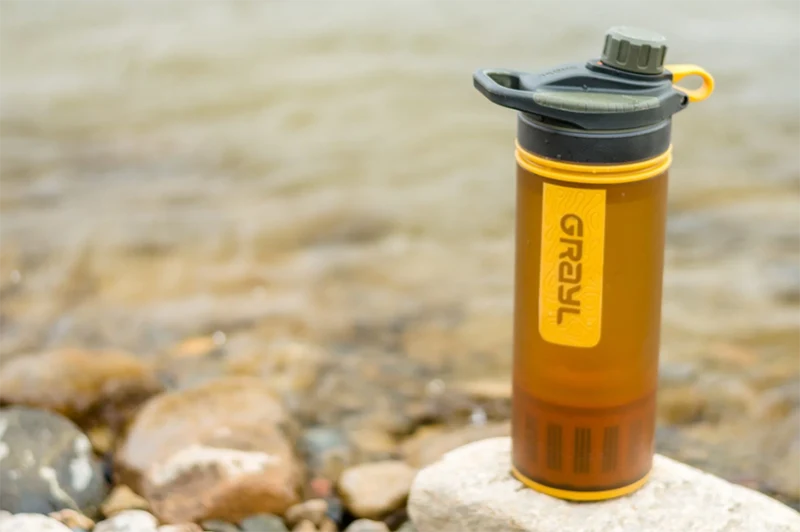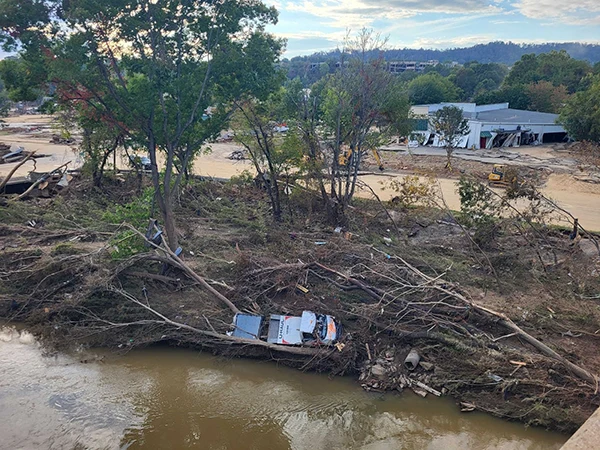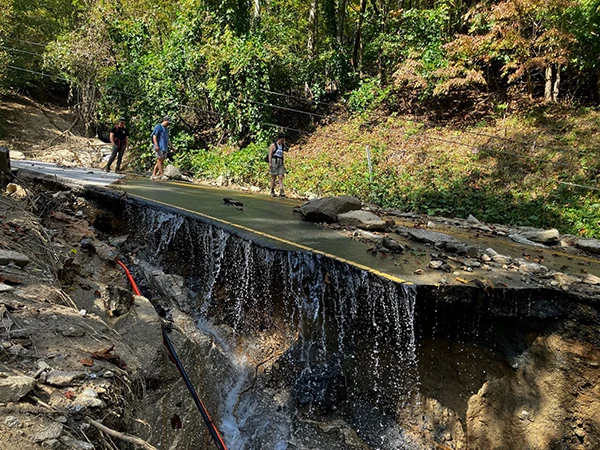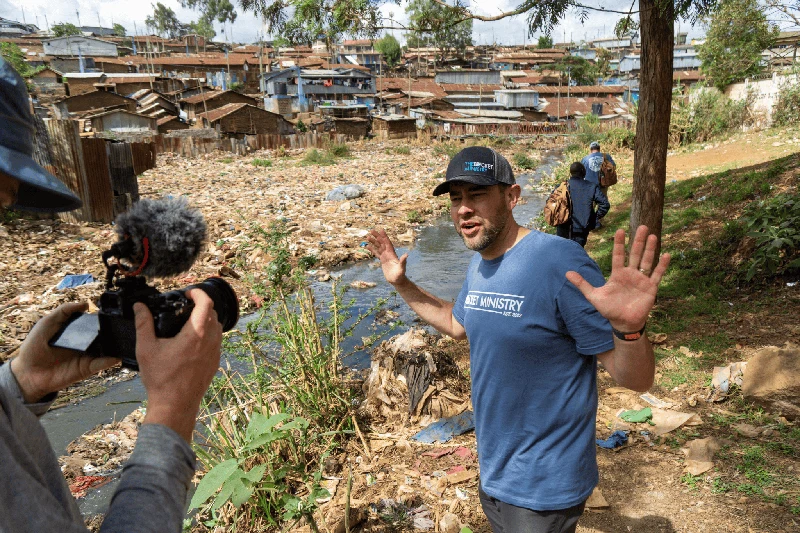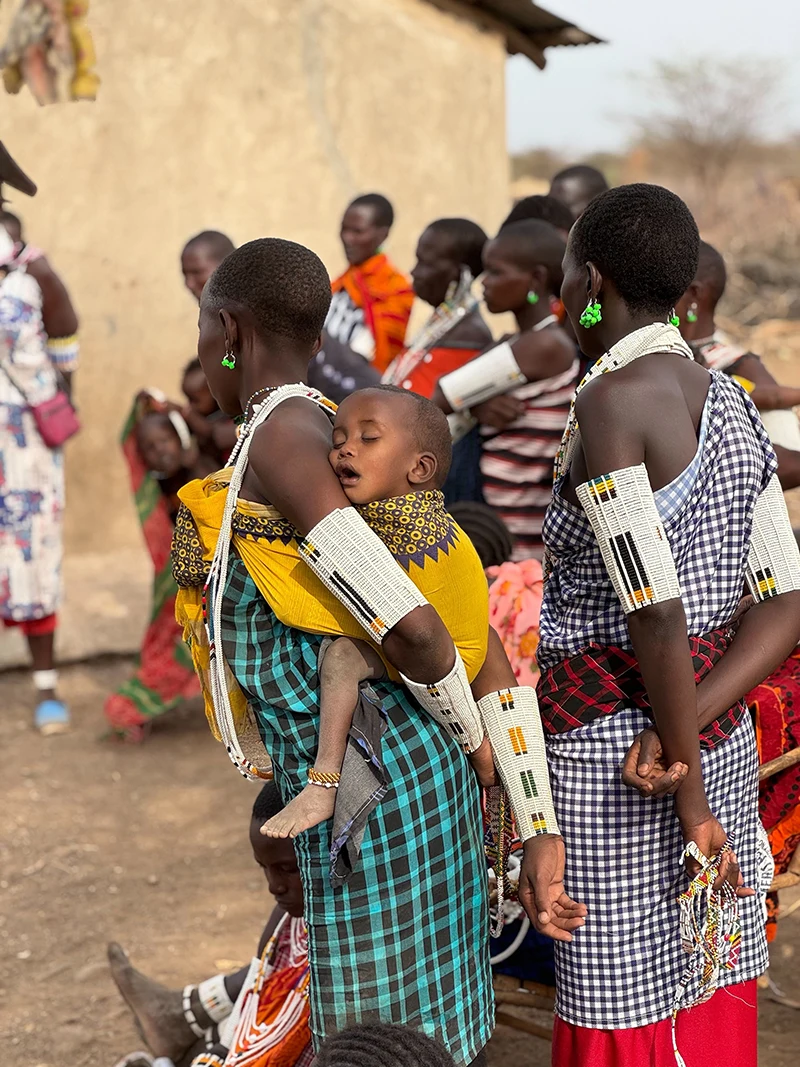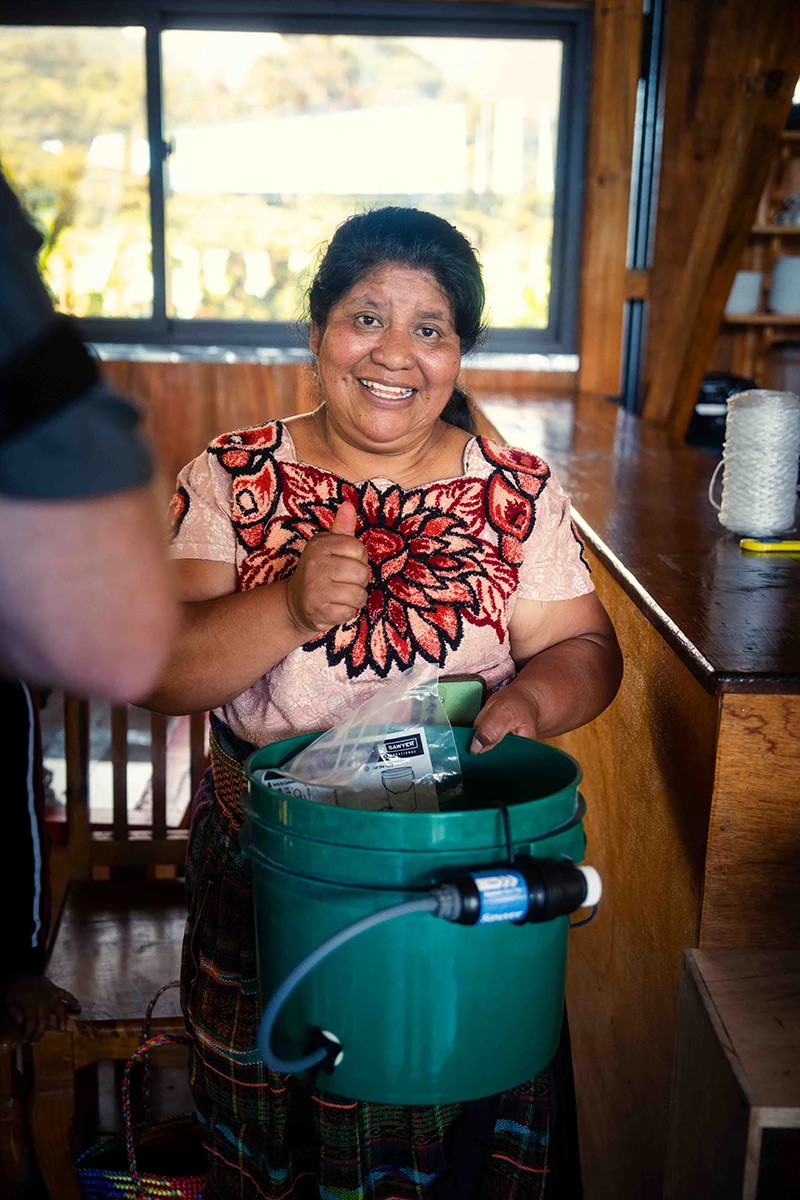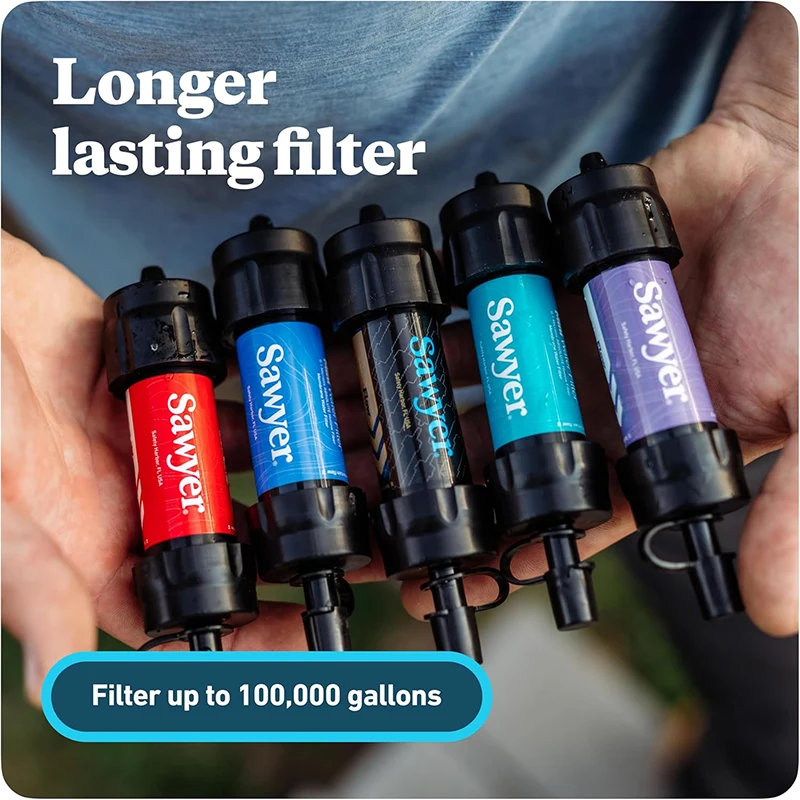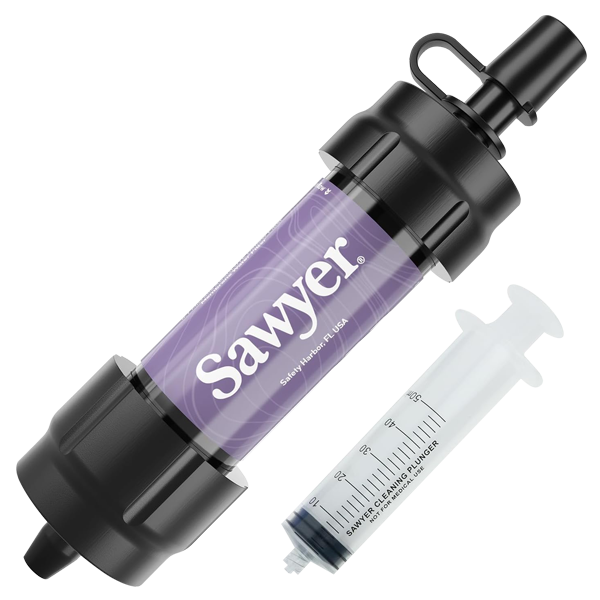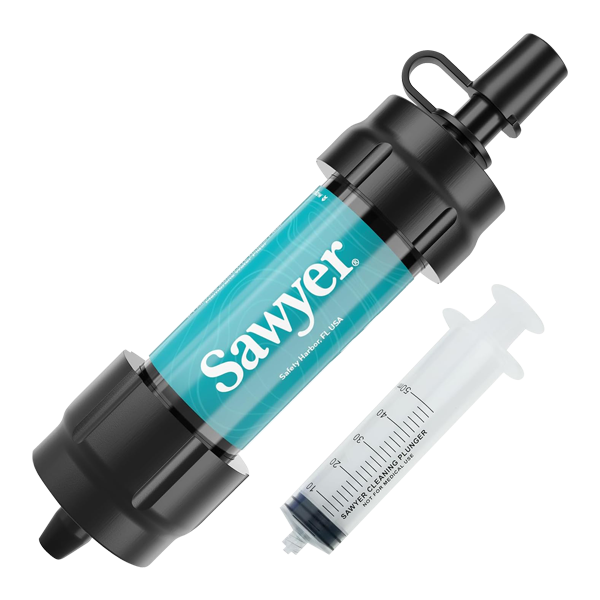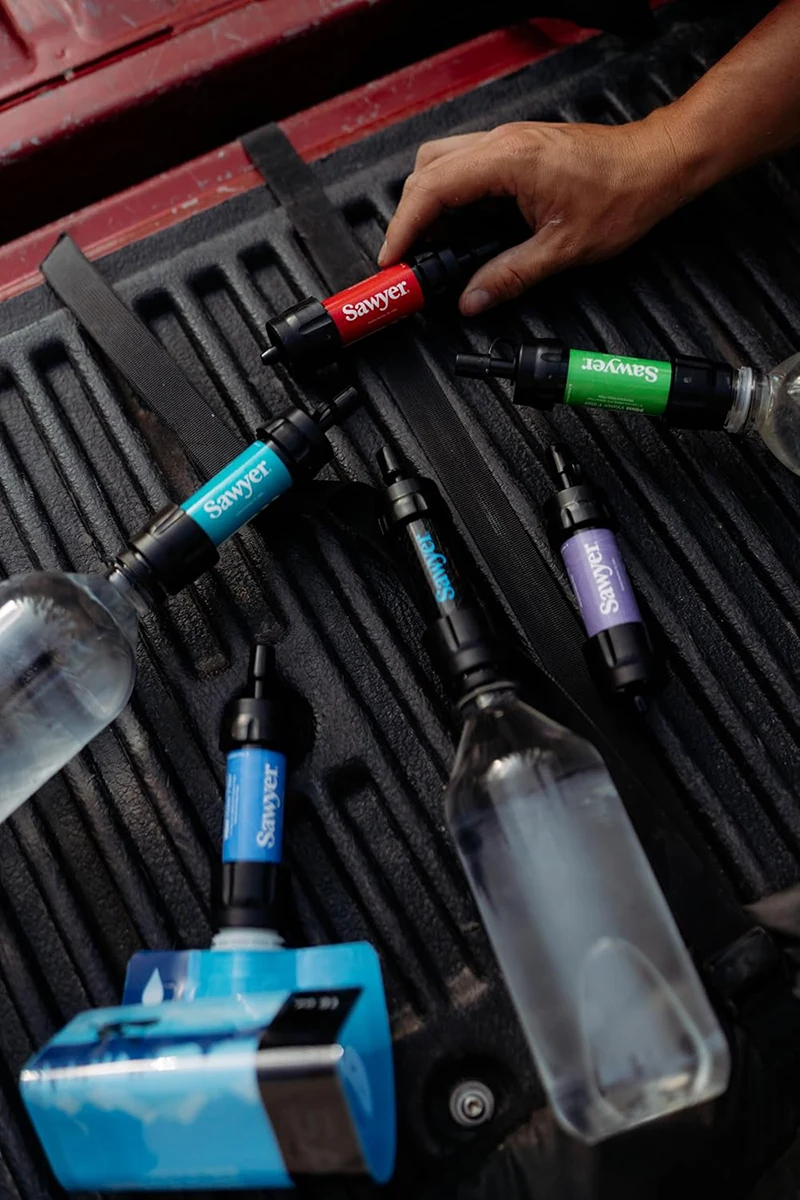Floods and Biting Bugs
Floods and Biting Bugs
Floods and Biting Bugs
Floods and Biting Bugs
Floods and Biting Bugs
Floods and Biting Bugs


In addition to the trauma the region has endured, the Southern Appalachians are also facing an environmental crisis caused by the severe flooding. Millions of displaced animals and insects are searching for a new home or swarming the waste and debris littering the region.

The N.C. Department of Health and Human Services has had “anecdotal reports of increased numbers of stinging insects in the affected areas of western North Carolina,” spokeswoman Summer Tonizzo told The Charlotte Observer by email.
Cause and Effect
There are many reasons biting bugs in particular seem to flourish after a flood.

- Living without power, people spend more time outside exposed to biting bugs.
- Because of structural damage, homes may no longer be sealed off.
- Electricians and utility workers conducting maintenance, or people clearing debris from their property disturbs nests or colonies displaced by the flood.
- Trash and spoiled food buildup due to power outages and attract decomposers of all kinds.

Winter is coming, which means bad news ahead for the pests that are temperature-sensitive. It also means they’re gorging themselves on all the organic matter they can, as they feast before the famine. As overnight frosts increase in regularity throughout the region, they will naturally become less active.
The Bugs That Be
While the types of insects you’ll encounter mostly depends on where you are in the world, there are a few species in particular known to flourish and/or be a major pain for humans after major flooding events.

Flies are attracted to large amounts of organic matter, which means floodplains are a buffet. Anywhere there’s waste and rot, you’re sure to find them buzzing around.
Yellow jackets are often displaced by floods because they are ground nesters, and cross paths with people as they disrupt their new homes. Large amounts of Benadryl and epinephrine have been ordered to the region in anticipation of the need of those with allergies to stings.

Floodwater or nuisance mosquitoes are commonly found in recently flooded areas in large populations. They lay their eggs to hatch following the next flooding event and can be aggressive biters, but typically don’t spread viruses to humans.
However, according to Tropical Disease Specialist Dr. Jeri Mendelson, “with some of the pattern changes in our weather we are seeing diseases in places we’ve not seen before.”
In this Q&A with the Sawyer Team, she gave an example.
“There are two species of Aedes mosquitoes which carry disease. The more aggressive species is starting to migrate north from South America due to increased temperatures and humidity. This mosquito transmits diseases like ZIKA, Chikungunya, Dengue fever, and Yellow fever.”
This Flood Bites
While the problem of biting bugs will never go away, our line of repellent products offer safe and effective protection while you’re engaging in high-risk activities.

Permethrin is an affordable DIY gear and fabric treatment that lasts 6 weeks of UV exposure, or 6 washes in a washing machine. It protects against 55+ types of insects including mosquitoes, ticks, and odorless after use. You can even use Permethrin to treat your dog!

Picaridin is the gentle giant of our topical insect repellents, and is effective against pesky mosquitoes, biting flies, and ticks. Additionally, it is safe for use on the whole family, and more effective and longer lasting against biting flies than DEET.
Picaridin isn’t oily or greasy and is fragrance-free, making it gentle on the senses for all day protection.

Additional Tips for Protection
As cleanup begins, keep yourself and your family protected with these tips for lowering your risk of becoming a target for a bite or sting.
- Drain standing water from containers, birdbaths, and gutters.
- Apply topical insect repellent to exposed skin and clothing.
- Treat clothes and gear with permethrin every 6 weeks.
- Wear long sleeves and pants when outside, especially at dawn or dusk.

Don’t Forget the Sunscreen!
Shorter days don’t stop the sun’s rays. Sawyer’s Stay Put Sunscreen Lotion SPF 30 offers long-lasting, non-greasy protection that stays put even when you sweat.
Here’s why we love it:
- Strong SPF 30 to shield against UV rays during long outdoor hours
- Comfortable, nongreasy formula perfect for humid conditions
- Bonding base formula ensures it stays on during your tasks
Stay safe from biting bugs and the rays of the sun while you restore your community. Please follow this link to read more about using Sawyer Filters in Emergency Situations.
リソース
Mosquitoes: What to Do After a Hurricane or Flood, Center for Disease Control
Helene wrecked their Western NC towns and homes. Then came the bees and fire ants. The Herald Sun
Flooding from Helene Likely to Cause a Mosquito Outbreak in NC, NC Health News
A buzzing threat? Yellow jackets swarm in North Carolina after Helene destroys their homes, USA Today
Recent articles
Other categories
You might also like

